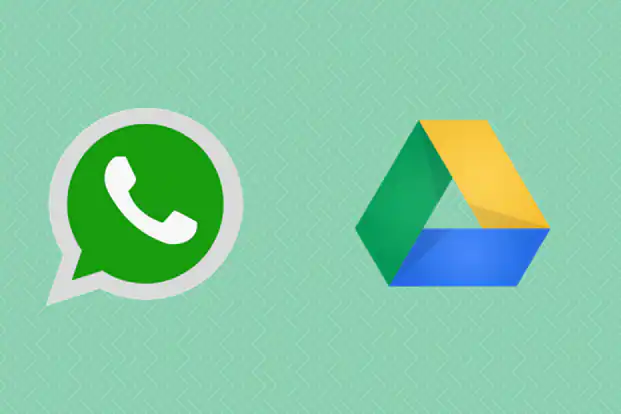CDNs can improve the performance of static websites. Within the context of a global training business, your content needs to be easily accessible and up-to-date. In this unit, you’ll learn how to make other configuration changes so that CDNs work properly with static sites in production environments.
Last updated: Feb 12, 2023
Using Custom domains
From the exercise, you saw how the CDN had a unique URL in the form of endpointname.azureedge.net. Regardless of where the user is in the world, this URL will point to the nearest POP, in that way improving performance. While this approach works fine, the URL isn’t memorable, and doesn’t reflect your company’s brand.Read more
